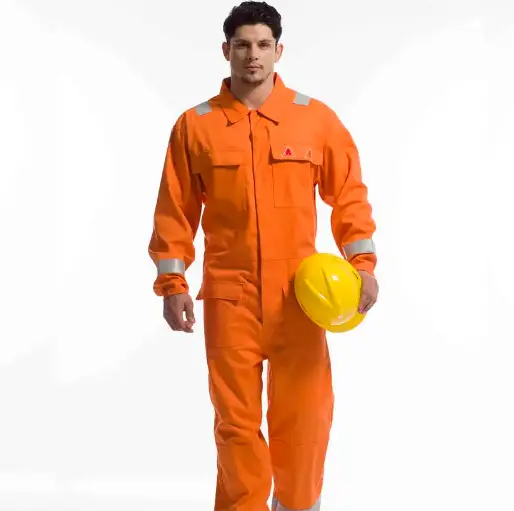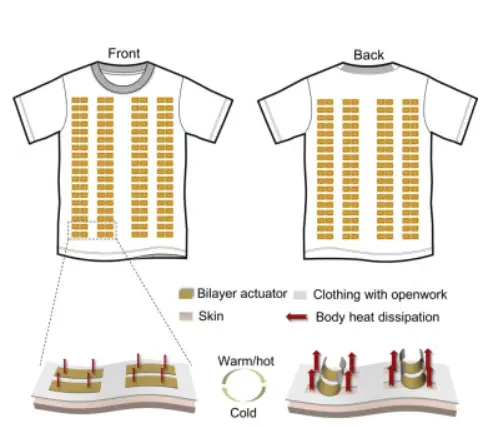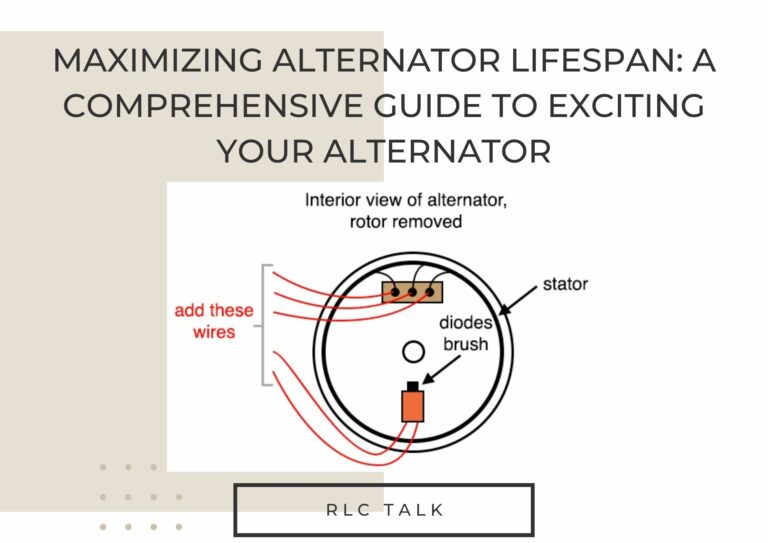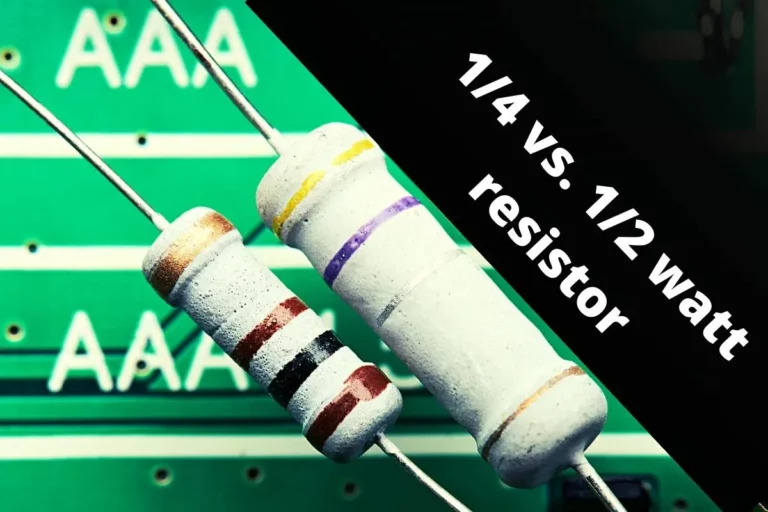What Do You Wear Under Overalls as an Electrician?
As an electrician, wearing the right attire is essential for maintaining safety and comfort on the job. When it comes to what to wear under your overalls, there are unique considerations to keep in mind.
In this article, we will explore the various undergarment options specifically tailored for electricians, focusing on safety, moisture management, temperature regulation, ergonomics, and support. Welcome to RLC Talk
What is the dress code for electricians?

The dress code for electricians typically involves wearing specific clothing and protective gear to ensure safety on the job. Electricians are required to wear work boots with non-slip soles for stability and protection.
They often wear long-sleeved shirts and long pants made of fire-resistant materials to minimize the risk of burns. Additionally, electricians commonly wear personal protective equipment (PPE) such as hard hats, safety glasses, and insulated gloves to protect against electrical hazards.
Following a dress code that prioritizes safety and compliance with industry standards is essential for electricians to perform their duties effectively and minimize the risk of accidents.
What Do You Wear Under Overalls as an Electrician for each purpose?
Safety First: Fire-Resistant Materials
When working with electricity, safety is of paramount importance. Electricians face the risk of arc flash and electrical hazards, making it crucial to prioritize fire-resistant clothing.
This extends to the undergarments worn beneath your overalls. Look for undergarments made from fire-resistant materials, such as modacrylic, aramid, or flame-resistant treated cotton.
These materials provide an additional layer of protection and can help minimize the risk of injuries in the event of an electrical accident.
Moisture Management: Sweat-Wicking Fabrics
Working as an electrician can be physically demanding, leading to excessive sweating. Moisture management is crucial to prevent discomfort and potential skin issues. Opt for undergarments made from sweat-wicking fabrics, such as polyester blends or specialized moisture-wicking materials.
These fabrics are designed to pull moisture away from the skin, allowing it to evaporate quickly. By keeping you dry and comfortable, sweat-wicking undergarments help maintain hygiene and prevent the growth of bacteria.
Temperature Regulation: Thermal Underwear

Electricians often work in diverse environments with fluctuating temperatures. Thermal underwear is an excellent choice to ensure comfort and regulate body temperature.
These undergarments provide an extra layer of insulation, keeping you warm in colder conditions. Look for thermal undergarments from insulating materials like merino wool or synthetic fibers designed for thermal retention.
Layering your overalls with thermal underwear allows for easy adjustment to changing temperatures throughout the day.
Ergonomics and Comfort: Seamless Underwear
As an electrician, you need to move freely and comfortably while working. The right undergarments can play a significant role in ensuring unrestricted movement.
Opt for seamless underwear, which eliminates the presence of uncomfortable seams that can cause chafing or irritation during prolonged work hours.
Look for undergarments made from soft and stretchable fabrics that contour to your body’s shape, providing a comfortable and ergonomic fit.
Support and Protection: Compression Gear
The physical demands of electrical work can put a strain on your muscles. Consider wearing compression undergarments to combat muscle fatigue and minimize the risk of injuries.
Compression gear offers support to your muscles, enhancing blood circulation and reducing muscle vibrations. This can help improve endurance, decrease recovery time, and provide a level of protection against potential strains or injuries. Look for compression undergarments that offer a snug fit without restricting your range of motion.
Electricians should wear what type of hand and arm protection?
Electricians should wear specific types of hand and arm protection to safeguard themselves against potential electrical hazards. Here are the recommended types of hand and arm protection for electricians:
Insulated Gloves: Insulated gloves are crucial for electricians as they provide protection against electric shock. These gloves are made from rubber or other non-conductive materials and are designed to withstand high voltages. They create a barrier between the electrician’s hands and any live electrical components, reducing the risk of injury.
Leather or Rubber Gloves: In addition to insulated gloves, electricians may wear leather or rubber gloves as an extra layer of protection. These gloves provide physical protection against cuts, abrasions, and punctures while working with tools or handling sharp materials.
Sleeve Protectors: Sleeve protectors are worn to cover the forearms and protect against burns, abrasions, and chemical splashes. They are typically made from flame-resistant materials to ensure safety when working near live electrical equipment or in hazardous environments.
Arm Guards: Arm guards or arm sleeves can be used to provide added protection to the upper arms and elbows. They offer an extra layer of defense against cuts, scrapes, and potential electrical hazards.
Wristbands: Wristbands are worn around the wrists and are often made of conductive materials to help dissipate static electricity. They are used to prevent electrostatic discharge and minimize the risk of damage to sensitive electronic components.
It is important for electricians to select hand and arm protection that meets industry safety standards and regulations. Regular inspection, maintenance, and replacement of protective gear are crucial to ensure their effectiveness and reliability.
What Do Electricians Wear? All You Need To Know
rlctalk.com
Conclusion
As an electrician, what you wear under your overalls is crucial for your safety, comfort, and overall performance on the job. Prioritize safety by choosing fire-resistant materials for your undergarments. Manage moisture effectively by opting for sweat-wicking fabrics to keep you dry and comfortable throughout the day. Consider thermal underwear for temperature regulation in diverse work environments.
Focus on ergonomics and comfort by selecting seamless undergarments. And finally, support your muscles and protect against potential strains with compression gear. By paying attention to these aspects, you can optimize your work attire and enhance your overall work experience as an electrician.







